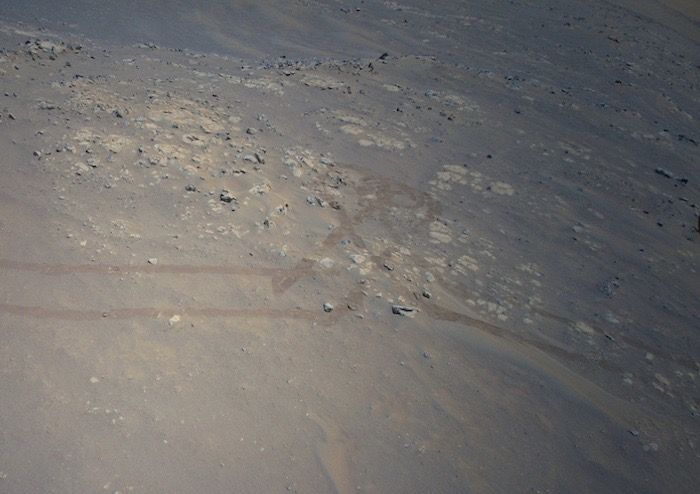Crew members aboard the ISS conducted scientific investigations during the week of July 5 that included studies of the effect of microgravity on human gripping and movement, protein crystal growth, and using capillary forces to water plants in space.
Read MoreMonth: July 2021
NASA, Northrop Grumman Finalize Moon Outpost Living Quarters Contract
NASA and Northrop Grumman of Dulles, Virginia, have finalized a contract to develop the Habitation and Logistics Outpost (HALO) for Gateway, which will be a critical way station and outpost in orbit around the Moon as part of NASA’s Artemis program.
Read MoreHubble Glimpses a Galactic Duo
Two enormous galaxies capture your attention in this spectacular image taken with the NASA/ESA Hubble Space Telescope using the Wide Field Camera 3 (WFC3).
Read MoreWhat Will ESA’s EnVision Learn at Venus?
ESA’s EnVision mission to Venus adds to the growing number of spacecraft investigating our sister planet. How will they work together to understand our sister planet’? The post What Will ESA's EnVision Learn at Venus? appeared first on Sky & Telescope.
Read MoreMars helicopter Ingenuity spotted a ‘heart’ in Perseverance rover’s tracks on 9th flight (video)
Is there something going on between Perseverance and the Mars helicopter Ingenuity? During its latest Red Planet flight on Monday (July 5), NASA’s 4-lb. (1.8 kilograms) Ingenuity Mars helicopter photographed a heart-shaped feature among the tracks made by the six-wheeled Perseverance rover. The “heart” shows where the Perseverance rover took a slight detour, perhaps to investigate some interesting rock or patch of dirt, before returning to its original path and heading on its way. Or, if your inclinations run in a less literal, less factual direction, the ground-bound robot was…
Read MoreRare ‘hypernova’ explosion detected on fringes of the Milky Way for the first time
Scientists have found evidence of a rare, gargantuan stellar explosion, dating to the earliest days of the universe — less than a billion years after the Big Bang. Known as a “magneto-rotational hypernova,” this ancient explosion would have been roughly 10 times brighter and more energetic than a typical supernova (the violent death that awaits most stars in the universe, including Earth‘s sun), leaving behind a strange stew of elements that helped fuel the next generation of stars. Stars that go boom like this must be massive (dozens of times…
Read MoreAs space billionaires take flight, ‘the right stuff’ for space travel enters a new era
For perhaps the first time, the humans inside a spacecraft will — in a strict financial sense — be worth more than the vehicle itself, as billionaires take to the skies this month in a pair of historic suborbital spaceflights that mark a dramatic change in what it takes to become an astronaut. On July 11, British business magnate Richard Branson will strap himself into the cabin of the spaceplane VSS Unity, along with three employees of his space tourism company Virgin Galactic. Just over a week later, on July…
Read MoreThis Week’s Sky at a Glance, July 9 – 17
Bright Venus and tiny Mars come to conjunction low in the western twilight, as the crescent Moon stands watch. On the other side of the sky, Saturn and Jupiter rise after dark. And before moonlight comes back, delve the deep sky in Scorpius and Sagittarius. The post This Week's Sky at a Glance, July 9 – 17 appeared first on Sky & Telescope.
Read MoreAt 59, Kennedy Diversifies, Flourishes as Multi-User Spaceport
In 1962 when America was going to the Moon, NASA established Kennedy Space Center in Florida as its Launch Operations Center.
Read MoreSpaceX Dragon cargo ship will depart space station today after stormy delays. Here’s how to watch live.
[embedded content] A storm-delayed SpaceX spacecraft will bid farewell to the International Space Station (ISS) on Thursday (July 8) for the journey back to Earth. The CRS-22 Dragon cargo ship will undock from the station’s Harmony module at 10:40 a.m. EDT (1440 GMT) for an eventual arrival in the the Gulf of Mexico, off the coast of Tallahassee, Florida. The procedure will be broadcast live on NASA Television and you can watch in the window above, courtesy of NASA, beginning at 10 a.m. EDT (1400 GMT). It will take 37…
Read More
